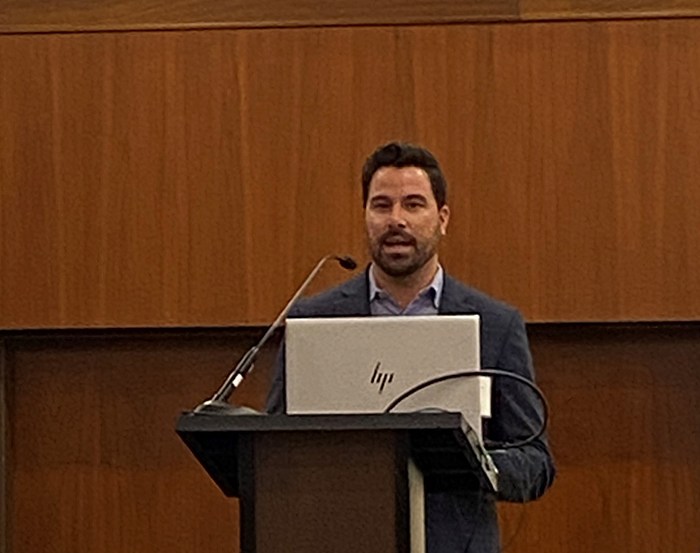
Q&A: A Deep Dive into Artificial Intelligence with AWS’ Felipe Millon

MBA NewsLink interviewed Amazon Web Services Senior Manager of Federal Financials Felipe Millon during the recent MISMO/MBA #MortgageAIForum, where he was a featured speaker. Millon discussed the technology adoption curve, new Artificial Intelligence models and how Retrieval Augmented Generation can benefit financial services firms.
MBA NewsLink: Amazon Web Services is co-sponsoring this AI forum. How does AWS fit into the real estate finance world?
Felipe Millon: AWS doesn’t originate loans or operate in the secondary market. We are a cloud computing provider. We provide computer power to allow other organizations to build their products and services. For example, we built the infrastructure that allows the GSEs to build applications that examine rental payment history.
How to apply those techniques to business problems is what needs to be solved for the mortgage industry. AWS is enabling our customers who participate in the market, including Black Knight, Fannie Mae, Freddie Mac and Freedom Mortgage.
MBA NewsLink: Your presentation talked about the “S-shaped” technology adoption curve, where over time the capability of a new technology improves: slow to start, then rapidly increasing in the middle, and then reaching a plateau. Where is AI on this curve?
Felipe Millon: I strongly believe we are seeing a step function change today in Artificial Intelligence technology. Technology adoption normally follows that standard S Curve that you mention. But the thing is, you can only truly understand where you are in that curve where you are able to look back at it, not while you’re at that point.
Regarding AI, I think there is an argument for any spot on that curve. There has been a lot of hype lately around Generative AI in particular, but Amazon has invested heavily in the development and deployment of AI and machine learning for more than 25 years. Maybe we’re somewhere in the middle, where the curve is the at the steepest point, which is when most capabilities are coming to market. If you are working in the AI world, it certainly feels like that. However, there is also an argument to be made that we are just getting started and there is more to come.
MBA NewsLink: So what’s the latest in the AI world?
Felipe Millon: There is a phrase in this world, “today was a busy year in AI.” There is so much happening today with new models and new techniques. The development of these models and the level of investment going into this space makes it exciting.
MBA NewsLink: Any specifics about those new models or new techniques?
Felipe Millon: There is a lot of excitement in the Generative AI space. One piece of this technology that makes it so interesting is the concept of foundation models, and the pace of innovation we’re seeing there.
Within Amazon, we believe there is not going to be one model to rule them all; there are some fantastic models that have been released over the last six months, including models from Anthropic, Meta and Cohere. Amazon has its own models that we are releasing, the Titan family of models. So I think what’s exciting about that space is the pace of model development. These foundation models themselves are impressive, and the pace of innovation is fantastic. That’s why I am really excited about our Bedrock service that makes foundational models from leading AI startups and Amazon available through an API.
As far as techniques, one thing we are seeing is, for example, Retrieval Augmented Generation, or RAG. RAG allows you to search your internal documents and databases and bring that context to a foundation model. That way you’re not relying on the foundation model itself for its knowledge of the world; instead you’re using the foundation model as a reasoning engine and you’re leveraging that internal repository.
For a mortgage firm, look at Fair Lending as an example. You don’t need to teach the model about Fair Lending because it’s been very well documented. So you can build a model to see if a loan complies with Fair Lending laws. Instead of having a model that understands Fair Lending, you can use RAG to pull in the context of what Fair Lending law is and then apply that to the model. That can make your people more productive.
There are also other techniques about fine-tuning models and retraining models. You can change the weights or the parameters by feeding it more data and retraining the models with new data. AWS customers can leverage services like Amazon Bedrock to create their own Generative AI-based applications. We’re trying to make it so Amazon customers can leverage Generative AI for their own applications.
